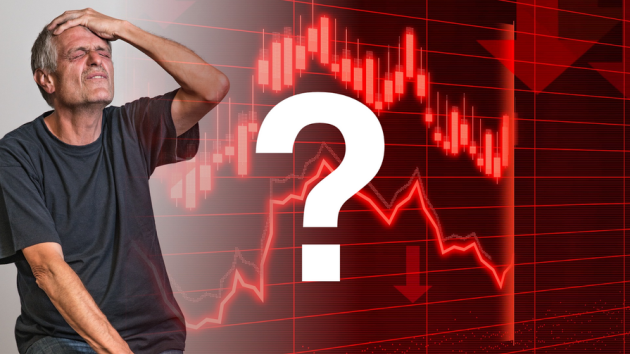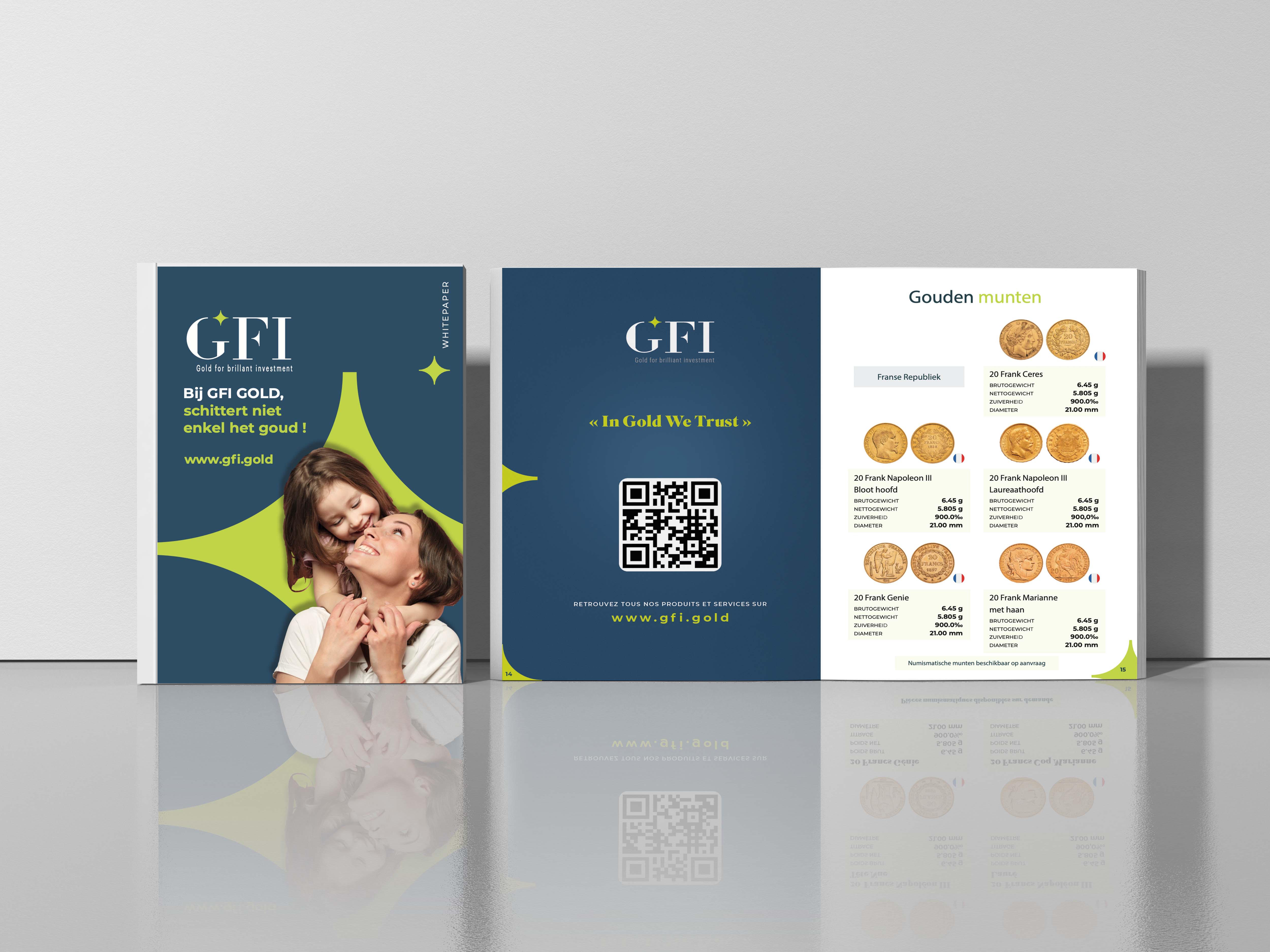
Everyone remembers the crash of October 1929, Black Monday 1987 and, more recently, the crisis of 2008.
Of course, this does not mean that we will have a crash in October 2022, but the chart analysis of the U.S. flagship S&P 500 index suggests to stay cautious.
The S&P 500 broke an important support in September. Indeed, it closed below the lower Bollinger Band (green line). This is a bearish signal that needs to be confirmed!
Source: Tradingview
Indeed, we can see on the chart below that the S&P 500 experienced this situation in 2008. The bearish signal was confirmed and the index fell 40% to the March 2009 low. The index also broke the lower Bollinger Band twice after that, in January 2016 and March 2020, but it bounced right back to close the month above that level.
Source: Tradingview
So what should we expect this time?
If the decline continues, it may fall 10% to the support area around 3200, or even 30% to the 200-month moving average support around 2400.
The index has already lost 25% since its January 2022 high.
With the current geopolitical, monetary and energy context, the downside risk is still present.
And the European Union is very poorly placed on this chessboard. The euro has lost 20% against the US dollar since the beginning of the year. This performance of the greenback has led to very different developments in the price of gold in euros and dollars.
Since the beginning of the year, the yellow metal has recorded a gain of +7% in euros. Volatility is decreasing and the price is consolidating in a sideways drift.
We can therefore say that for an investor in euros, gold has fully played its role as a safe haven!
Source: Tradingview
On the other hand, it posted -8% in US dollars over the same period and began its 7th consecutive month of decline.
Source: Tradingview
Under these conditions, gold remains more than ever an essential diversification and protection asset, especially if your assets are denominated in euros. Basically, by taking a position in gold, you protect yourself against the decline of the euro against the dollar. In other words, gold gives you indirect intrinsic exposure to the dollar.
Although the past does not necessarily tell us what will happen in the future, it does tell us that during the periods of high inflation in the 1970s, the price of gold (in dollars) changed significantly (see chart below). Can history repeat itself? To be continued...


Do you want to invest in gold?
Do you have some knowledge but want to learn more?
This guide will answer your questions!